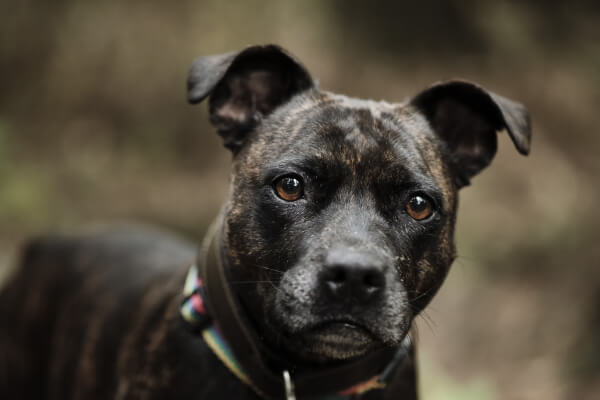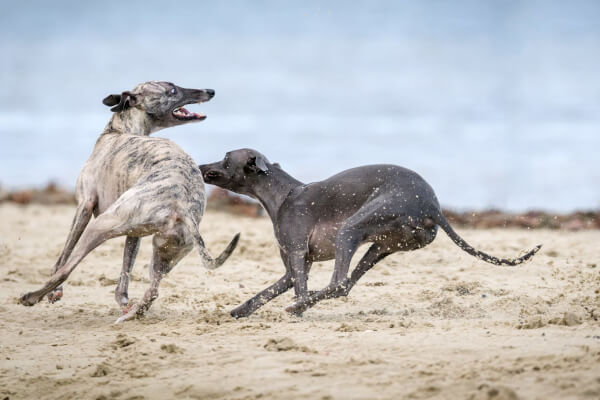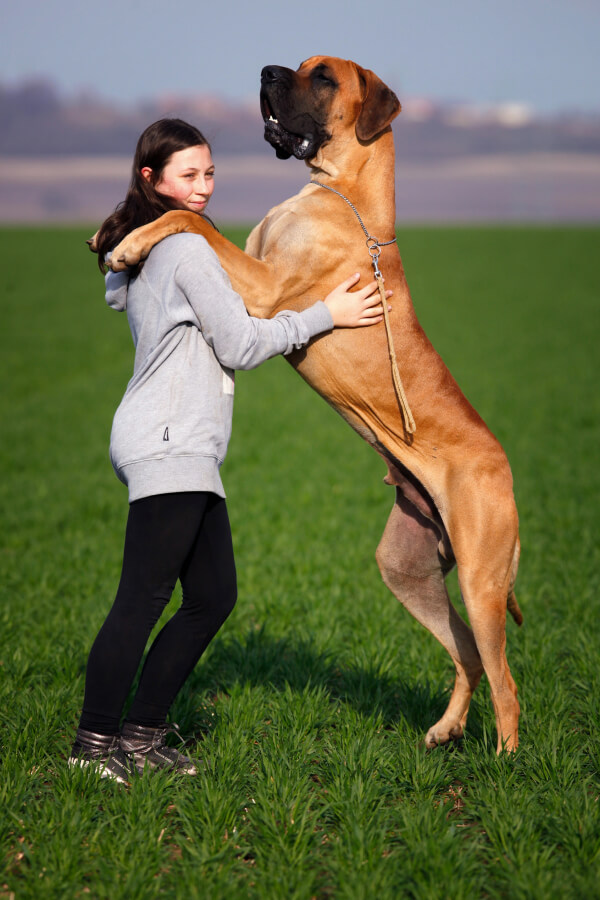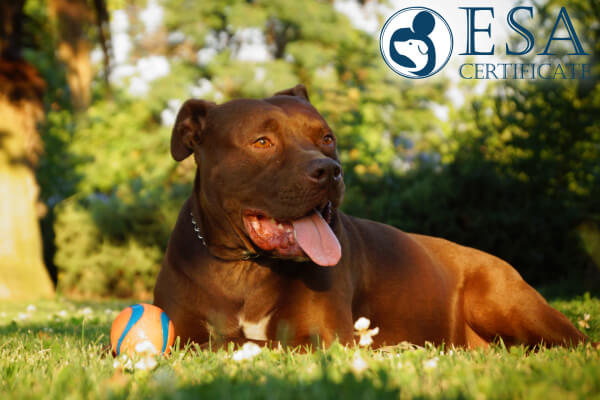Usually when choosing an emotional support dog, people are guided by the various advantages of a particular breed that they like and fit better. However, when choosing one should also look at the disadvantages and be guided by the following factors.
1. Every dog has its own character, it may or may not be right for you.
2. There are some breeds that just aren’t suited to being an emotional support animal (ESA).
3. some breeds are too large to be taken on an airplane.
The character of the dog may not be what is required for ESA.

Every dog is unique and not like any other dog. Every dog breed is also unique, although they may have similar traits to other breeds of some sort. So claiming that all Labradors are good as a companion animal is like claiming that all cars on the market are the same and good for you.
It’s better when your dog’s personality is such that you always come first. This is especially important if you are going to be ESA certified.
Let’s look at a few different signs that your dog is definitely aimed at helping you as an ESA.
1. Your dog follows you everywhere you go.
2. You are the whole world to your dog. Truth after meals. As soon as your dog eats, he is completely captivated by you.
3. When your dog looks at you, you can see and feel his genuine love.
4. Your dog brings you his toys, as if sharing precious gifts with you.
5. When you come home, your dog is always very happy to see you.
6. Your dog loves to sleep with you. She follows rituals and makes sure you are wished a good morning and good night.
If dogs don’t meet most of the criteria for this list of character traits, they are usually very independent. And independence is far from the best trait for an ESA.
The breed of dog may not be a good fit for an emotional support animal

Some dog breeds are better suited as an emotional support animal than others. And some breeds may not be suited for it at all.
Below is a list of dogs that should not be considered as an ESA.
Low IQ dogs.
You can get an idea of the best dogs for ESA by looking at which dogs are used by police for forensic examinations, by people as guide dogs, and by farmers for such a fairly complex task as herding livestock.
A dog can be smart about what it was bred for. For example, Labradors use their instinctive intelligence to hunt.
A dog can solve problems on its own, and that is adaptive intelligence. An example would be a herding dog in charge of the herd.
And then there is the obedience intelligence, which measures a dog’s ability to learn new things and obey you.
Thus, any dog that does not obey you will not be a good ESA. The most stubborn dogs that want to do things their own way are:
– African Basenjis and Bullmastiffs (narcissistic and want to do what they want, when they want),
– basset hounds, bloodhounds and beagles (they’ll pick up your scent in no time),
– Bull Terriers (they prefer to play rather than work),
– Great Pyrenees and Scottish Terriers (won’t listen to you).
Running dogs .
Any dog that likes to run at the first opportunity will not be a good ESA. You can’t rely on this type of dog. They will likely be much more willing to take care of their own instincts than they will take care of you and your needs. You are more likely to spend more time chasing your dog than getting support from him.
Unfriendly dogs.
Chow chows are known to be hostile to strangers. Thus, if you want to be popular with friends and people in new situations, this dog is not a good fit for you.
Some dogs are too big to be the perfect Emotional Support Animal

Many times an ESA will be with you socially wherever you go. You need to think about what will happen while traveling.
Keep in mind that the following dogs are too big to go on a long trip with you:
– Irish Wolfhound
– Saint Bernard
– Cane Corso
– Bernese mountain dog
– Old English sheepdogs
– Scottish Deerhound
– Great Dane
– leonberger
– Neopolitan Mastiff
– newfoundland
– large Pyrenees
If your dog is going to fly with you, it will be very uncomfortable if he is too big and won’t fit on the plane.
And the last thing you might want to do is put your dog in a crate to travel in with your luggage.
Make decisions for your ESAs wisely!
Get connected with a licensed healthcare professional to obtain an ESA letter


